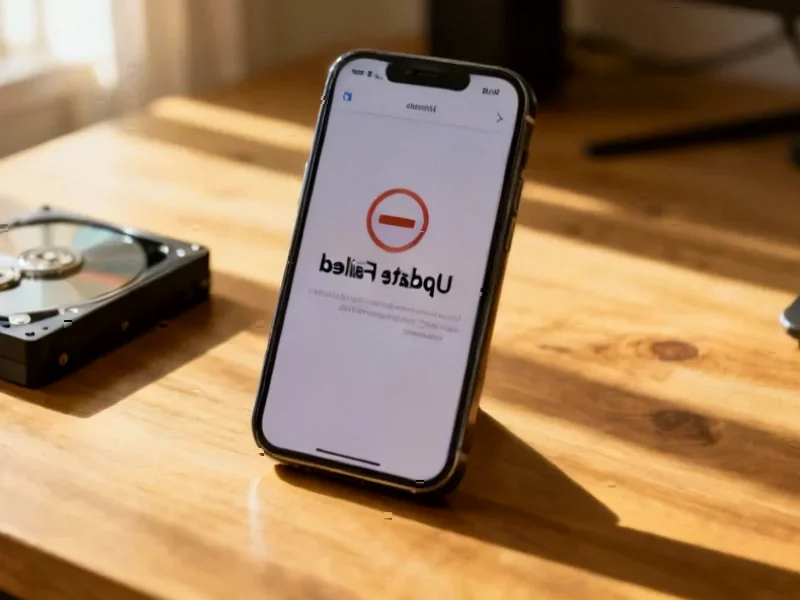According to Forbes, music industry executives estimate as much as 10% of music streams are fraudulent, with a JPMorgan analysis revealing that a single 30-second track played on loop could generate $1,200 in monthly royalties. University of Texas professor Eric Drott described bot streaming as “a bit of an open secret” that affects all levels of the industry, while Spotify has removed over 75 million AI-generated tracks in the past year. The issue gained prominence when Drake filed lawsuits against Universal Music Group and Spotify in December 2024, alleging they conspired to use bots to artificially inflate streams of Kendrick Lamar’s diss track “Not Like Us.” Spotify has vehemently denied these allegations, calling them “false” and “far-fetched” in court filings. This legal battle highlights the growing tension between artists, labels, and streaming platforms over the integrity of streaming data and royalty distribution.
The Royalty Dilution Crisis
The fundamental problem with fraudulent streams isn’t just about inaccurate charts—it’s about a broken economic model. Spotify operates a pro-rata royalty system where all subscription revenue goes into a single pool that gets divided based on total streams. When bots generate billions of fake streams, they’re effectively stealing from legitimate artists. The $1,200 monthly figure from JPMorgan’s analysis reveals how lucrative even simple manipulation can be, but the real damage comes from sophisticated operations that can generate millions of streams across thousands of fake accounts. What’s particularly concerning is that Spotify’s public acknowledgment of the problem comes alongside their continued resistance to transparency about the scale of fraudulent activity on their platform.
The AI Revolution in Streaming Fraud
Spotify’s removal of 75 million AI-generated tracks represents just the tip of the iceberg in a rapidly evolving arms race. AI technology has democratized music creation to the point where fraudsters can generate thousands of unique-sounding tracks automatically, upload them to streaming platforms, and use bot networks to simulate legitimate listening patterns. The sophistication of these operations has advanced beyond simple loops—modern streaming farms can mimic human behavior, including varied listening times, shuffle patterns, and even geographic distribution. This creates a detection nightmare for platforms that must balance aggressive fraud prevention against accidentally penalizing legitimate artists.
Industry Incentives and Transparency Failures
Professor Drott’s observation about conflicting incentives reveals why this problem persists. Streaming platforms have every reason to downplay the scale of fraudulent activity—admitting that 10% of streams are fake would undermine investor confidence and potentially trigger artist lawsuits over unpaid royalties. Meanwhile, anti-fraud companies benefit from making the problem appear larger than it might be. This creates an information vacuum where nobody knows the true scale, and artists are left guessing how much revenue they’re losing. Spotify’s aggressive legal response to Drake’s allegations suggests they’re taking the reputational damage seriously, but their continued lack of transparency about detection methods and removal statistics leaves artists skeptical.
Legal Battles and Industry Power Dynamics
Drake’s lawsuit represents a significant escalation in artist-label-platform tensions. While his specific allegations about UMG and Spotify colluding to boost Kendrick Lamar’s streams might be difficult to prove, the case highlights how major labels potentially benefit from turning a blind eye to certain types of streaming manipulation. The timing is particularly interesting given Drake’s other legal challenges, including the recent gambling promotion lawsuit. This suggests artists are increasingly willing to challenge the traditional power structures of the music industry, even when they’re among its biggest beneficiaries. The outcome could set important precedents for how streaming platforms are held accountable for the integrity of their data.
The Future of Streaming Integrity
The solution to streaming fraud likely requires fundamental changes to both technology and business models. The current pro-rata system creates inherent vulnerabilities that user-centric payment models might partially address, but implementing such changes would require unprecedented industry cooperation. More immediately, platforms need to invest in blockchain-style verification systems that can track listening patterns with greater transparency. The coming years will likely see increased regulatory scrutiny as streaming becomes the dominant music consumption method globally. If platforms can’t solve this problem voluntarily, government intervention might force the transparency that artists have been demanding for years.




